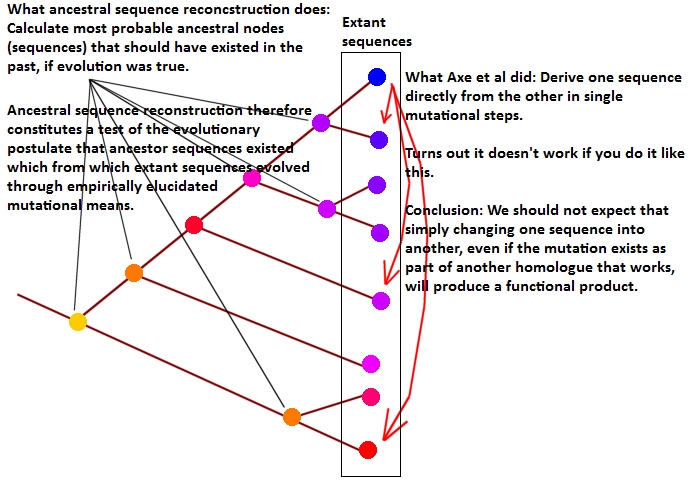he_who_is_nobody
Well-Known Member
lifepsyop said:Are marsupial and placental reproductive systems similar phenotypes in your understanding?
No, they are not. Nevertheless, you have missed the point of my statement completely. You claimed, “Similar phenotypes are built on similar genetics.” However, with my examples I demonstrated two animals with similar phenotypes, but vastly different genotypes and two animals with vastly different phenotypes, yet similar genotypes, which renders your statement false.
lifepsyop said:
:lol:
It appears you do not grasp the reason behind the photo. Again, you claimed, “If the fossil record is anything, it is a dominant pattern of major types of lifeforms existing as distant islands of morphospace, largely lacking in intermediate connections” and “…there is no ‘matching temporal’ order of the fossil record.” Yet, that photo alone renders both of your claims false. Furthermore, it also appears that you have tacitly admitted that chimpanzees and humans are closely related, seeing as how you used a photo of dog skulls compared to a wolf’s skull when trying to make a point about skull diversity.
I am also going to start quoting my challenges to you in every post. You seem to be missing them and I do not know why.
he_who_is_nobody said:I am not affirming the consequence; I am basing a conclusion on the evidence. We have fossil, genetic, and observed laboratory evidence to base these conclusions on. We also know that allelic changes in a population are the only thing that causes these changes. No one is affirming the consequences; there is evidence that points to this as the conclusion.
Furthermore, it appears you are claiming that kind is equal to family/genera, thus all I have to do is show an example of a change above family/genera to show that allelic frequency change can and does lead to population change. Is this a correct statement to make about your position?
First off, you claim a god is required for life based on nothing, thus this claim can be dismissed. Second, natural abiogenesis appears to be more than possible; again, your ignorance is not an argument. Third, abiogenesis is not the same as spontaneous generation. Fourth, several theists also believed that spontaneous generation worked within a biblical view of the world. Fifth, define kind, in a meaningful way, and I will be more than happy to show you one kind “giving birth” to another kind.







